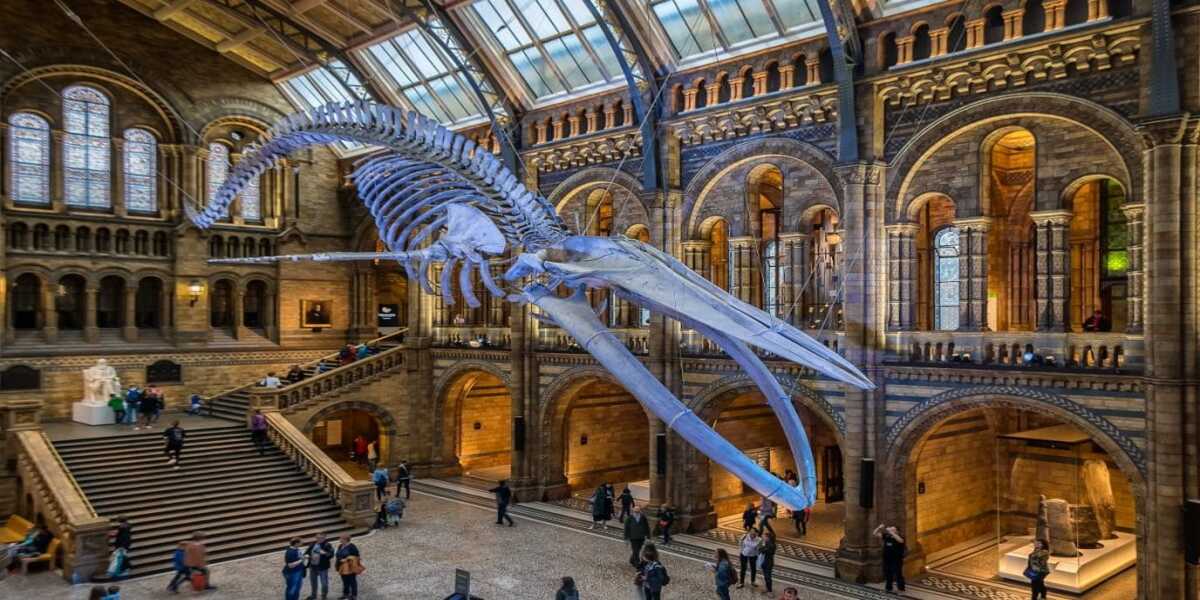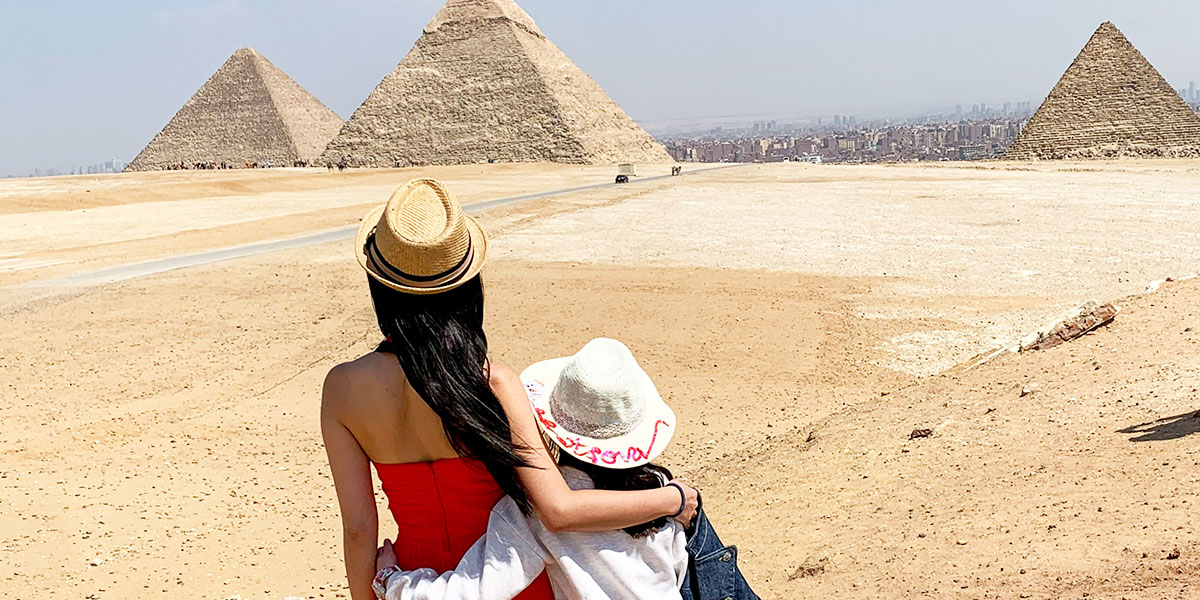
Egypt, known as the “Cradle of Civilization,” is home to a collection of ancient wonders that have enthralled visitors for ages. This ancient area has a 5,000-year history and is home to some of the world’s most outstanding historical landmarks. Its vibrant stories, all-powerful pharaohs, burial customs, and adoration for cats entice everyone from children to elderly. Nothing piques our attention more than the epic, monumental monuments created by Egyptians throughout millennia of rule. Many people want to visit Egypt. The must-see features of this must-see vacation include pyramids, huge temples, and sumptuous tombs.

The Great Pyramids of Giza:
No trip to Egypt is complete without seeing the Great Pyramids of Giza. These massive monuments, built over 4,500 years ago, are a tribute to ancient Egyptian engineering and architectural brilliance. The three pyramids, originally built as pharaoh tombs, are a UNESCO World Heritage Site and one of the Seven Wonders of the Ancient World.

The Sphinx:
The enigmatic Sphinx, a colossal limestone figure with the body of a lion and the head of a pharaoh, guards the Pyramids of Giza. For ages, scientists and travellers have been fascinated by the Sphinx, and its exact purpose and antiquity have been a source of controversy and mystery.
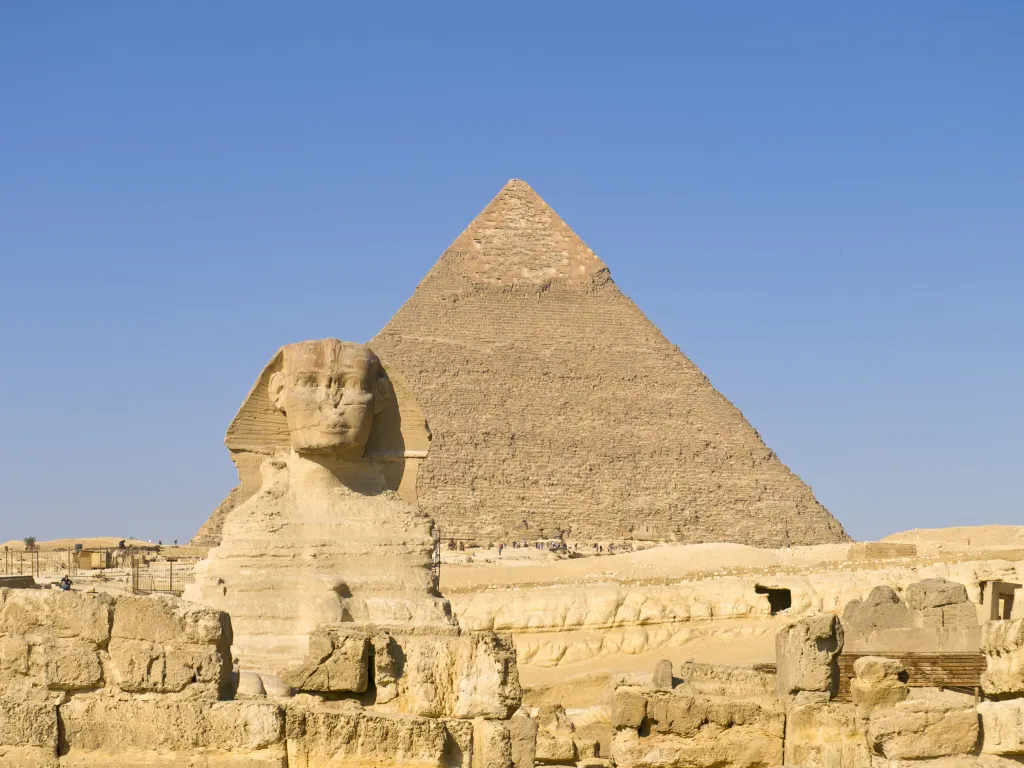
Luxor Temple:
The Luxor Temple, located on the east bank of the Nile in Luxor, is an ancient masterpiece dating back to the 14th century BC. It was a major religious centre during the New Kingdom period, and it is dedicated to the god Amun. The majesty of the temple is emphasised by its massive statues and well-preserved hieroglyphics.
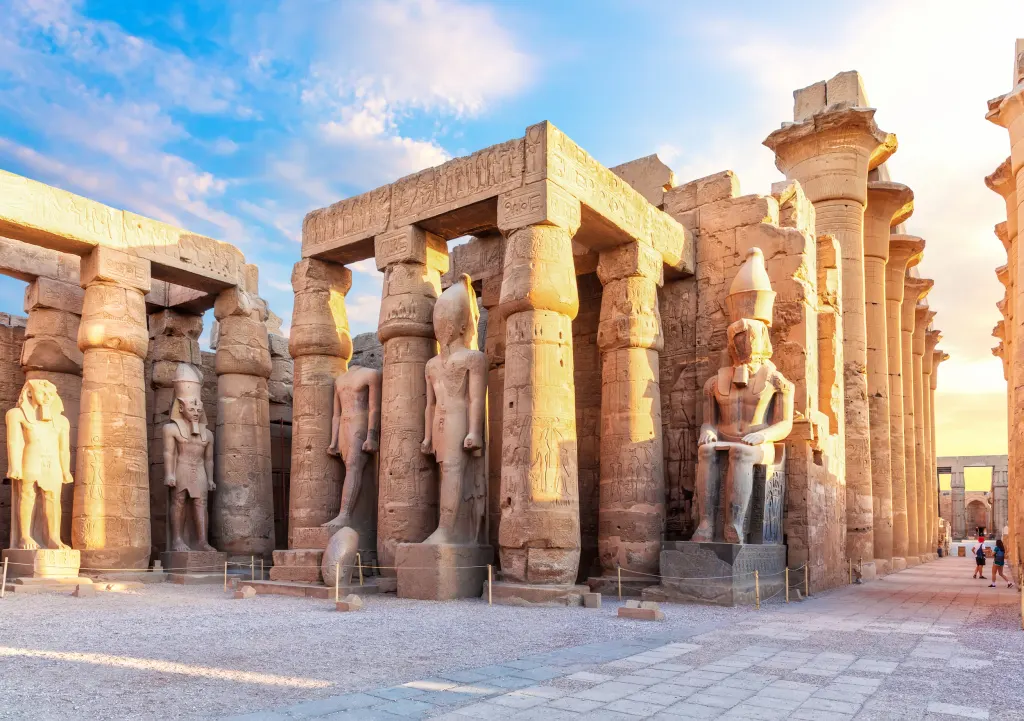
Karnak Temple :
The enormous Karnak Temple Complex, located just north of Luxor Temple, is the world’s largest religious site. This complex was built over several centuries and contains numerous temples, chapels, and obelisks. The Hypostyle Hall, with its towering columns covered with elaborate carvings, is the most recognisable feature.
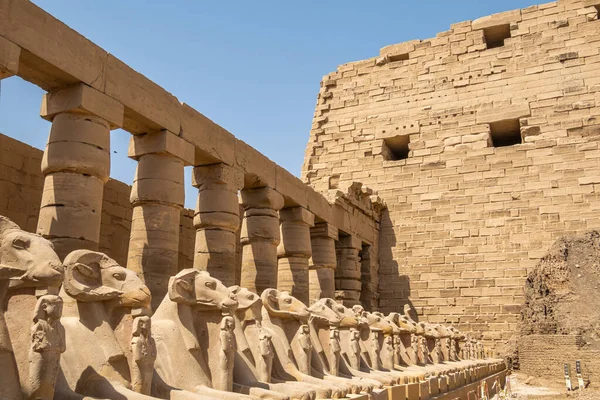
Valley of the Kings:
The Valley of the Kings, near Luxor on the Nile’s west bank, is a burial site for ancient pharaohs, including the famed Tutankhamun. Visitors can tour the artistically adorned tombs, which individually offer insights into ancient Egyptian beliefs and practises concerning the afterlife.
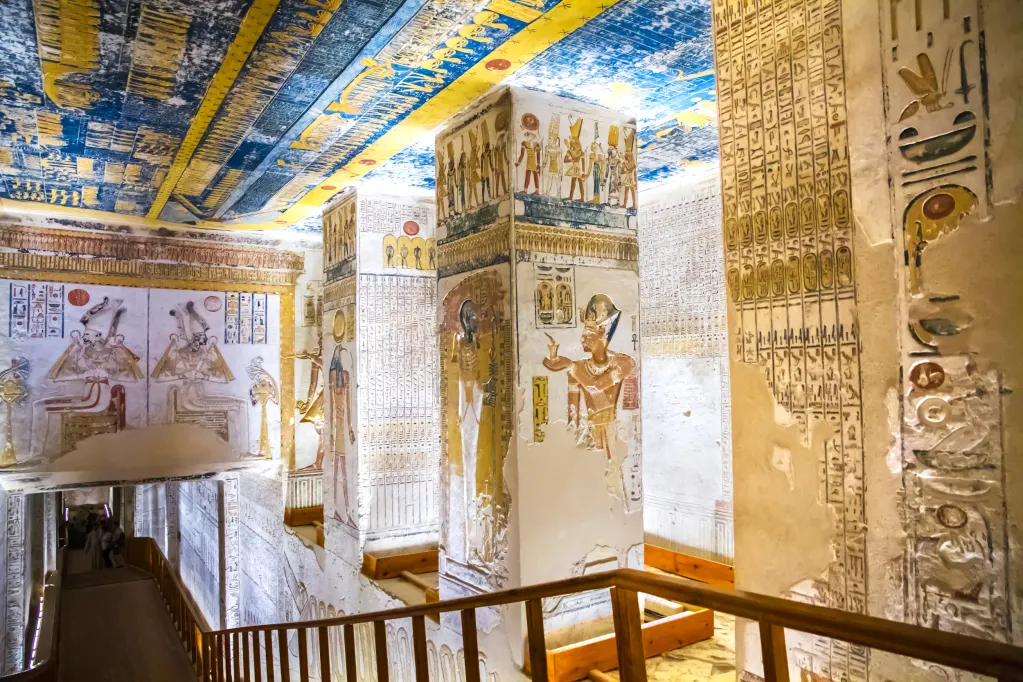
Abu Simbel Temples:
The Abu Simbel Temples, located deep in the Nubian desert, are a monument to both ancient and modern engineering. These temples, built by Ramses II in the 13th century BC, were transported block by block to higher land in the 1960s to protect them from flooding induced by the construction of the Aswan High Dam. Visitors are still astounded by the enormous statues and beautiful carvings.

Philae Temple:
The Philae Temple, located on an island in the Nile, was devoted to the goddess Isis and was a prominent sacred destination for ancient Egyptians. It was methodically transported to adjacent Agilkia Island after being inundated owing to the construction of the Aswan Dam. Visitors can now admire its well-preserved architecture and breathtaking waterside surroundings.

The Temple of Hatshepsut:
Known as the “Djeser-Djeseru” or “Holy of Holies,” this temple is a remarkable example of ancient Egyptian architecture. It was constructed by Queen Hatshepsut, one of Egypt’s few female pharaohs, and boasts terraced floors and colonnaded rooms, as well as breathtaking views of the surrounding cliffs.

Egypt’s historical sites attest to the ancient civilization’s ongoing heritage. From the awe-inspiring Giza pyramids to the mystical temples along the Nile, each site offers an insight into Egypt’s historical grandeur and creativity. As you explore these incredible destinations, you will not only learn about a country’s history, but you will also get a greater respect for the world’s timeless treasures. Egypt’s past is an endless source of interest and inspiration, enticing visitors from all over the world to immerse themselves in its rich tapestry of time.

